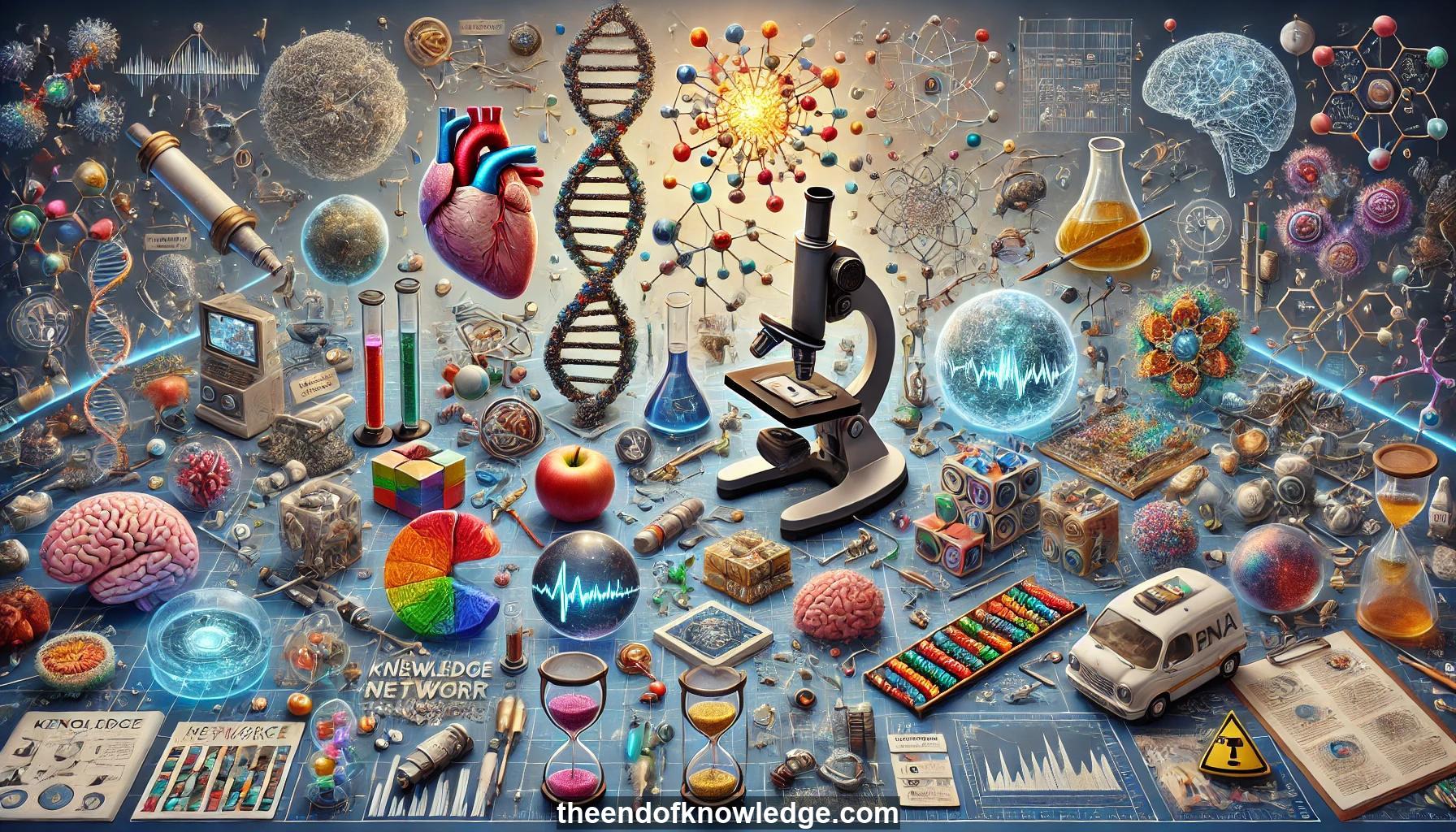 >
>
Concept Graph & Resume using Claude 3.5 Sonnet | Chat GPT4o | Llama 3:
Resume:
1.- Single-cell genomics: Technique to analyze gene expression in individual cells, providing higher resolution than traditional bulk genomics methods.
2.- Transcriptome sequencing: Process of capturing and sequencing RNA from single cells, enabling analysis of gene expression profiles.
3.- Cell lineage analysis: Studying developmental trajectories of cells using single-cell data to understand differentiation and disease processes.
4.- Pseudo-temporal ordering: Computational method to arrange cells along a trajectory based on gene expression similarities.
5.- Latent space learning: Technique to capture complex, nonlinear relationships in high-dimensional single-cell data using neural networks.
6.- Autoencoders: Neural network architectures used to compress and reconstruct high-dimensional data, revealing underlying patterns in gene expression.
7.- Deep count autoencoders: Specialized autoencoders designed to handle the unique characteristics of single-cell RNA sequencing data.
8.- Data integration: Combining multiple single-cell datasets to create comprehensive references and enable cross-study comparisons.
9.- Human Cell Atlas: Large-scale project aiming to create a comprehensive reference map of all human cell types.
10.- Transfer learning: Applying knowledge gained from pre-trained models to new datasets, improving efficiency and scalability in single-cell analysis.
11.- Single-cell architectural surgery (SCAS): Method for adapting pre-trained neural networks to integrate new datasets efficiently.
12.- Batch effect correction: Techniques to remove technical variations between different experiments while preserving biological differences.
13.- Cell type classification: Assigning cell type labels to individual cells based on gene expression patterns.
14.- Reference mapping: Aligning new single-cell datasets to existing reference atlases for annotation and comparison.
15.- Multi-omics integration: Combining different types of molecular data (e.g., RNA, protein, epigenetics) from single cells for comprehensive analysis.
16.- Trajectory inference: Computational methods to reconstruct developmental or disease progression paths from single-cell data.
17.- Dimensionality reduction: Techniques to visualize high-dimensional single-cell data in lower-dimensional spaces for analysis and interpretation.
18.- Spatial transcriptomics: Methods to analyze gene expression while preserving spatial information within tissues.
19.- RNA velocity: Technique to infer future cell states based on unspliced and spliced mRNA ratios.
20.- Model interpretability: Efforts to understand and explain the decisions made by machine learning models in single-cell analysis.
21.- Perturbation modeling: Predicting cellular responses to drugs or other perturbations using single-cell data and machine learning.
22.- Rare cell type detection: Identifying and characterizing uncommon cell populations within complex tissues.
23.- Cross-species comparison: Analyzing similarities and differences in cell types and gene expression patterns across different organisms.
24.- Scalability in single-cell analysis: Developing computational methods to handle increasingly large and complex single-cell datasets.
25.- Cell atlas curation: Process of creating, maintaining, and updating comprehensive reference maps of cell types for various tissues.
26.- Differential expression analysis: Identifying genes that are expressed at different levels between cell types or conditions.
27.- Generative models: Machine learning approaches that can create realistic synthetic single-cell data for various applications.
28.- Uncertainty quantification: Assessing and representing the confidence of predictions in single-cell analysis tasks.
29.- Model zoos: Collections of pre-trained models for single-cell data analysis, enabling efficient reuse and adaptation.
30.- Convolutional architectures: Neural network designs adapted for analyzing spatial relationships in single-cell or spatial transcriptomics data.
Knowledge Vault built byDavid Vivancos 2024